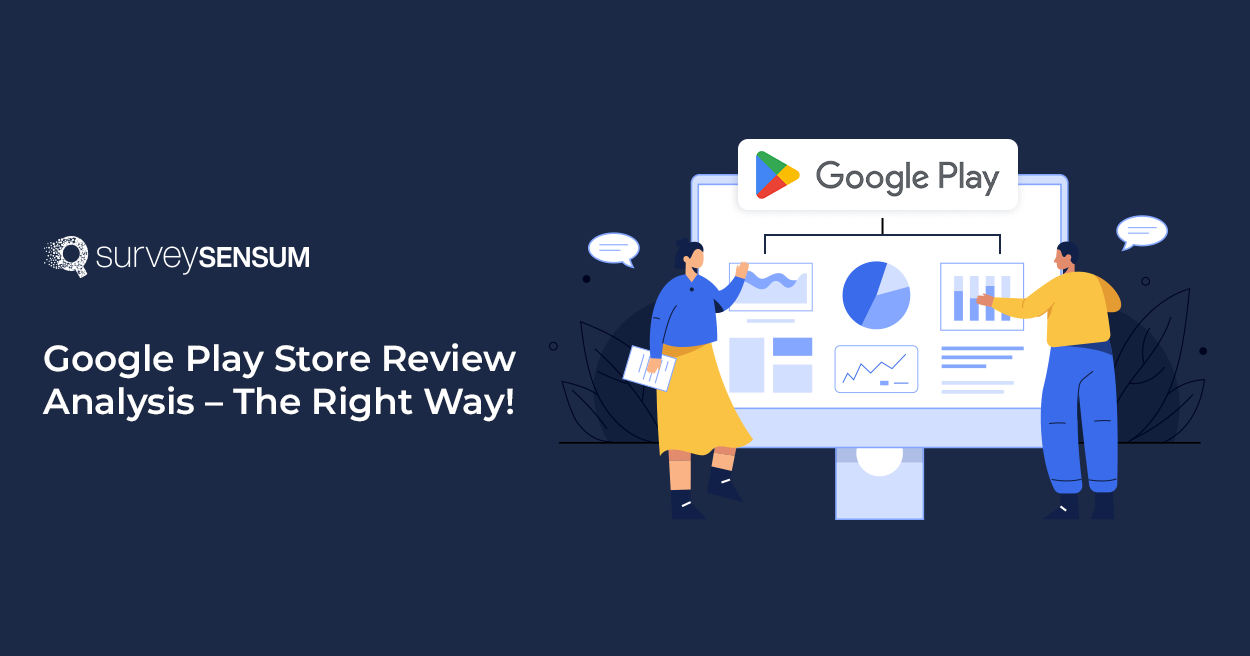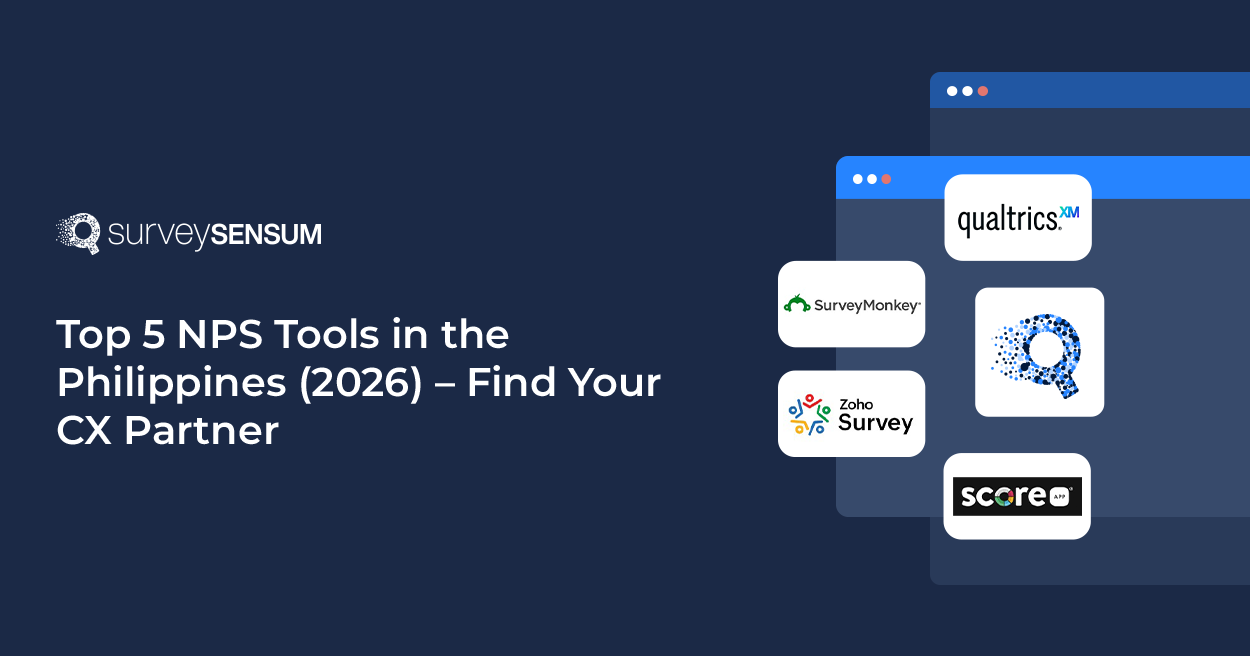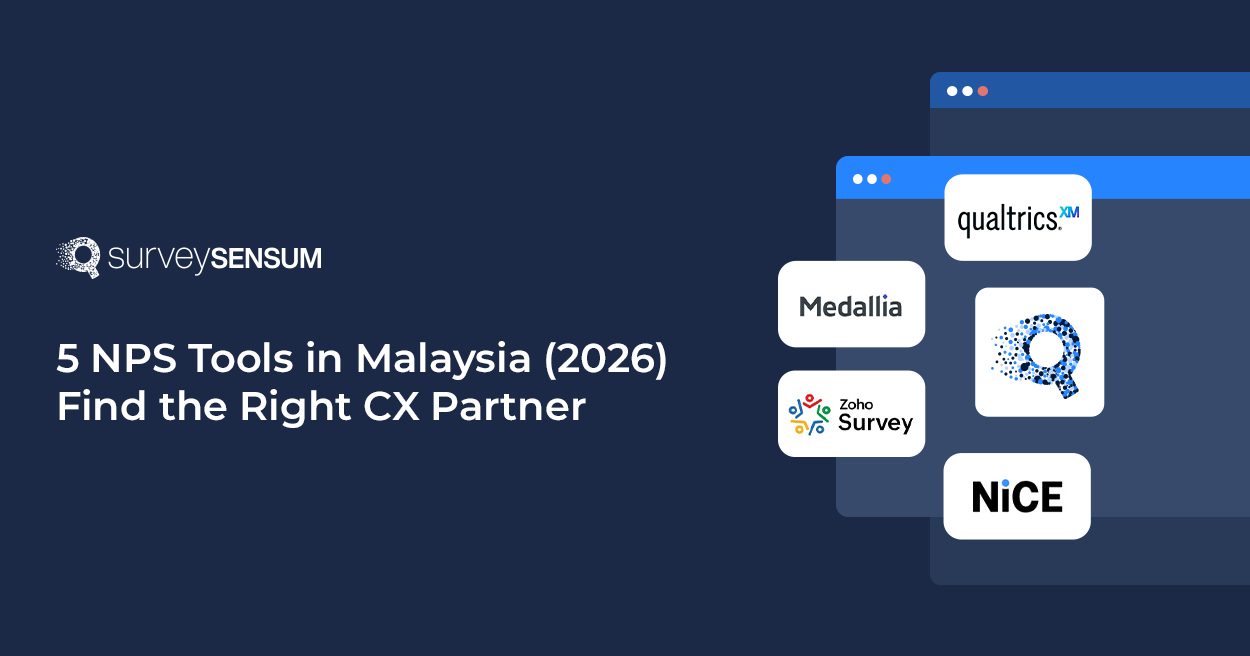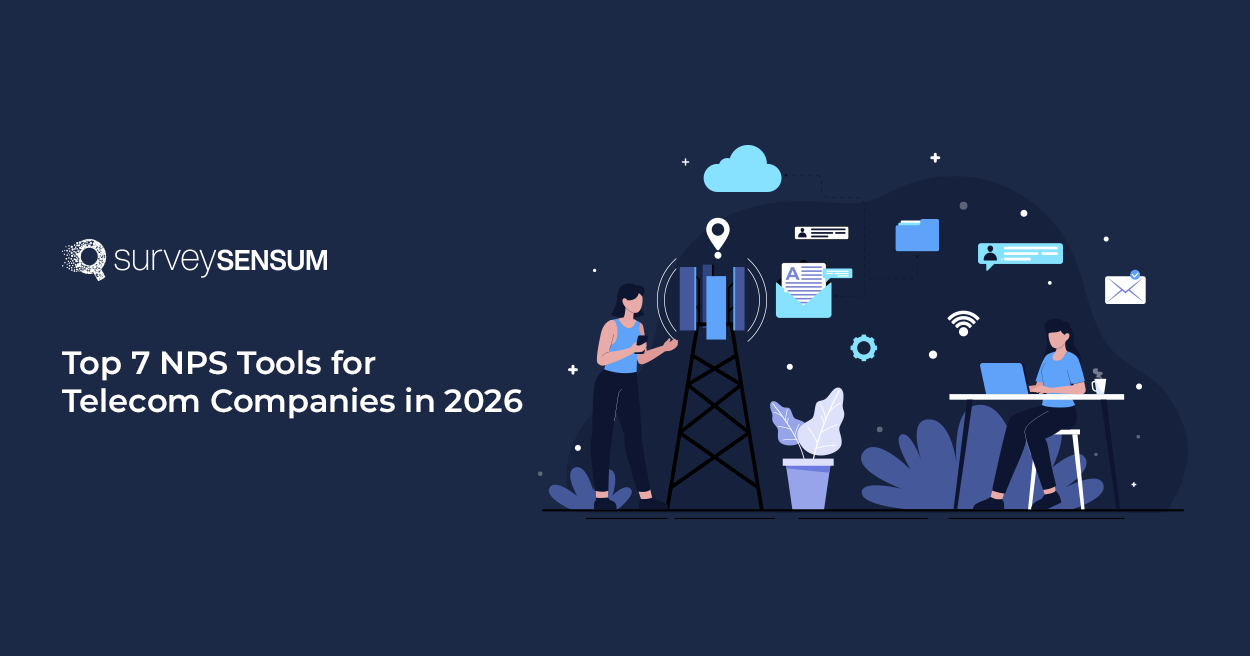

With over 3.5 million apps out there, the Play Store is packed. And almost 90% of people read reviews before hitting “Install.”
That’s a lot of noise and a lot of valuable feedback waiting to be heard.
Sure, a 4.5‑star rating looks great. But what if 15 out of your last 50 reviews mention crashes or a confusing UX? That stuff doesn’t show up in the average rating. It’s buried in the comments.
And let’s be honest, reading every review by hand? It’s exhausting. It’s too easy to miss the important stuff.
That’s where Google Play Store review analysis comes in. It’s how you spot pain points, understand your users, and build an app people love.
The best part? You don’t have to do it all yourself. With AI-powered text analytics, you can make sense of hundreds or even thousands of reviews in seconds.
Curious how? Keep on reading!
What is Google Play Store Review Analysis?
Google Play Store review analysis is the process of extracting structured insights from user reviews left on app listings and analyzing them to understand user expectations. These reviews often hold valuable information about app performance, usability, features, and customer sentiment.
For example, suppose you’re managing a fitness tracking app. You notice that despite maintaining a 4.3-star rating, your retention rate is dropping. When you analyze recent reviews using an AI-powered text analysis tool, you discover a recurring complaint. Users are frustrated because the app doesn’t sync properly with popular smartwatches after the latest update. Here’s what the analysis might reveal:
- Feature-related tags: “sync,” “Bluetooth,” “watch not connecting”
- Sentiment classification: 70% of sync-related reviews are negative
- Trending keywords: “Garmin,” “delay,” “update issue”
- Time pattern: Spike in complaints started within 48 hours of your last release
This crucial insight helps your product team pinpoint the exact issue, prioritize a fix, and communicate transparently with affected users. Let’s take a look at some other reasons why you should analyze Google Play Store reviews.
Why Should You Analyze Google Play Reviews?
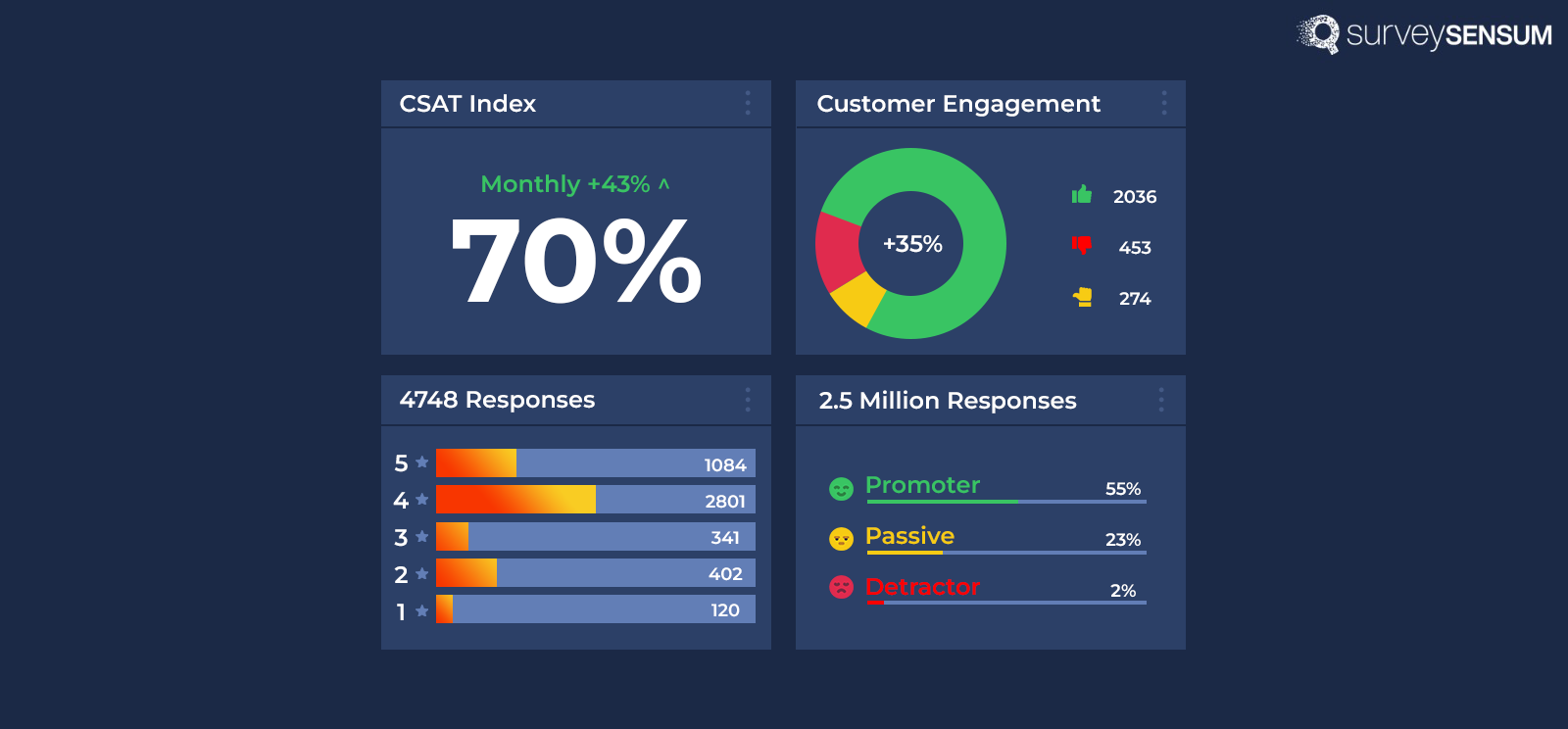
Here are the seven key reasons why Google Play Store review analysis matters for your app’s growth and user satisfaction.
- Identify Users’ Reasons for Dissatisfaction
Google Play Store review analysis helps reveal recurring issues that impact user satisfaction like login issues, battery drain, or a lack of functionality. By analyzing these reviews, your QA team can identify and fix critical bugs, ultimately reducing churn.
- Spot Opportunities and Feature Improvement
Customers don’t just complain; they also suggest the features they want. And that is your cue to capture these insights and give your product team a list of improvements users are actively asking for.
For example, if you saw a surge in requests for dark mode through Play Store sentiment analysis, you could provide that feature to the users and see a significant change in your app rating.
- Optimize Product Roadmap With Real Feedback
Google Play Store review analysis helps prioritize your product backlog based on actual user needs. For example, if 300 users mention difficulty in navigating the dashboard post-update, then that’s a clear signal to revisit your UI decisions. This would be a shift from opinion-based to data-driven product development.
- Find Gaps in Customer Experience
Constant complaints around payment, onboarding, return experience, and search indicate experience gaps that hinder conversions or lead to uninstalls. According to research, more than 1 in every 2 apps is uninstalled within 30 days of being downloaded due to poor user experience, even if it has great features.
- Identify Emerging Trends Before They Go Viral
Google Play feedback analysis helps you track rising keywords or sentiment changes. This is important during version releases or feature rollouts. For instance, a sudden increase in mentions of “buggy update” after a new release helped a travel app fix a code issue within 24 hours, preventing a 1-star rating spike.
- Boost Ratings and Store Visibility
Engaging with reviews, especially negative ones, shows users that you care about them. It can lead to better ratings and reinstalls. Apps that respond to reviews have a higher chance of seeing a +1.7 higher star rating on average.
AI‑driven review analytics tools like SurveySensum allow you to quickly pinpoint the issues that matter, surface hidden feature requests, and optimize your roadmap with precision.
Now that we have established why analyzing Google Play Store reviews is important, let’s talk about how to actually analyze them.
How to Analyze Google Play Store Reviews?
Online Google Play Store reviews offer plenty of insights into customer experience, product performance, and changing expectations.
There can be two ways to analyze reviews: manually and with the help of an AI tool.
Analyzing app reviews manually might work when you have a handful of them, but it quickly becomes overwhelming as your app grows.
Here’s why:
- Time-Consuming: Reading through hundreds or thousands of reviews takes hours, if not days.
- Inconsistent Tagging: It’s hard to categorize feedback reliably when multiple people review it.
- Missed Patterns: Subtle trends or common issues can easily be overlooked.
- Limited Scalability: As review volume grows, manual review becomes impractical.
On the other hand, if you choose modern AI platforms, they eliminate these bottlenecks by automating review collection, categorization, and sentiment analysis.
“For example, SurveySensum makes review analysis seamless. Its AI-powered text and sentiment analysis engine quickly sifts through thousands of tweets, categorizing feedback into actionable themes — like pricing, service, or quality—in real time. The same approach applies to mobile app reviews, making it ideal for app developers who want to understand customer feedback at scale.”
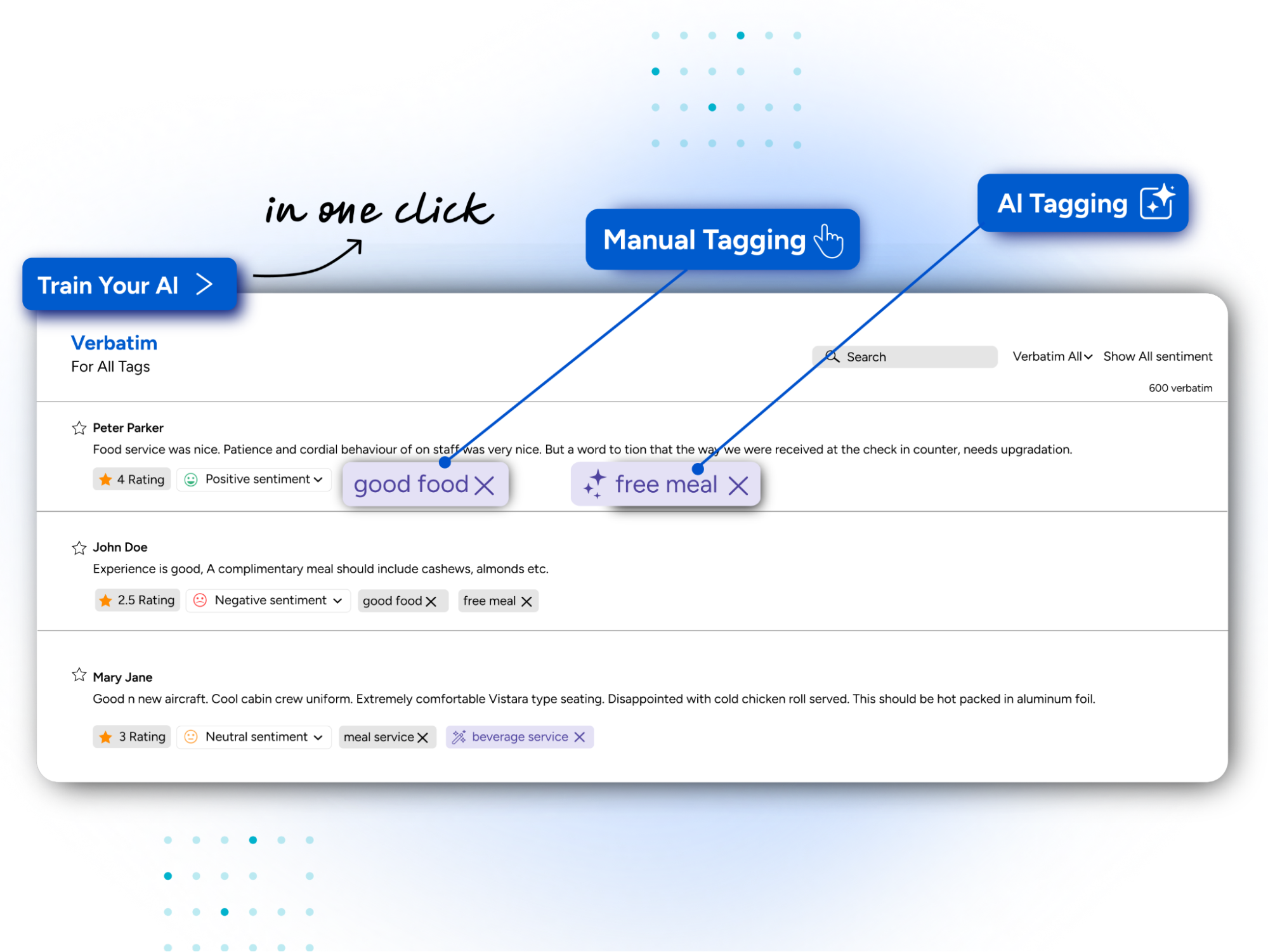
1. Select an AI Analytics Tool
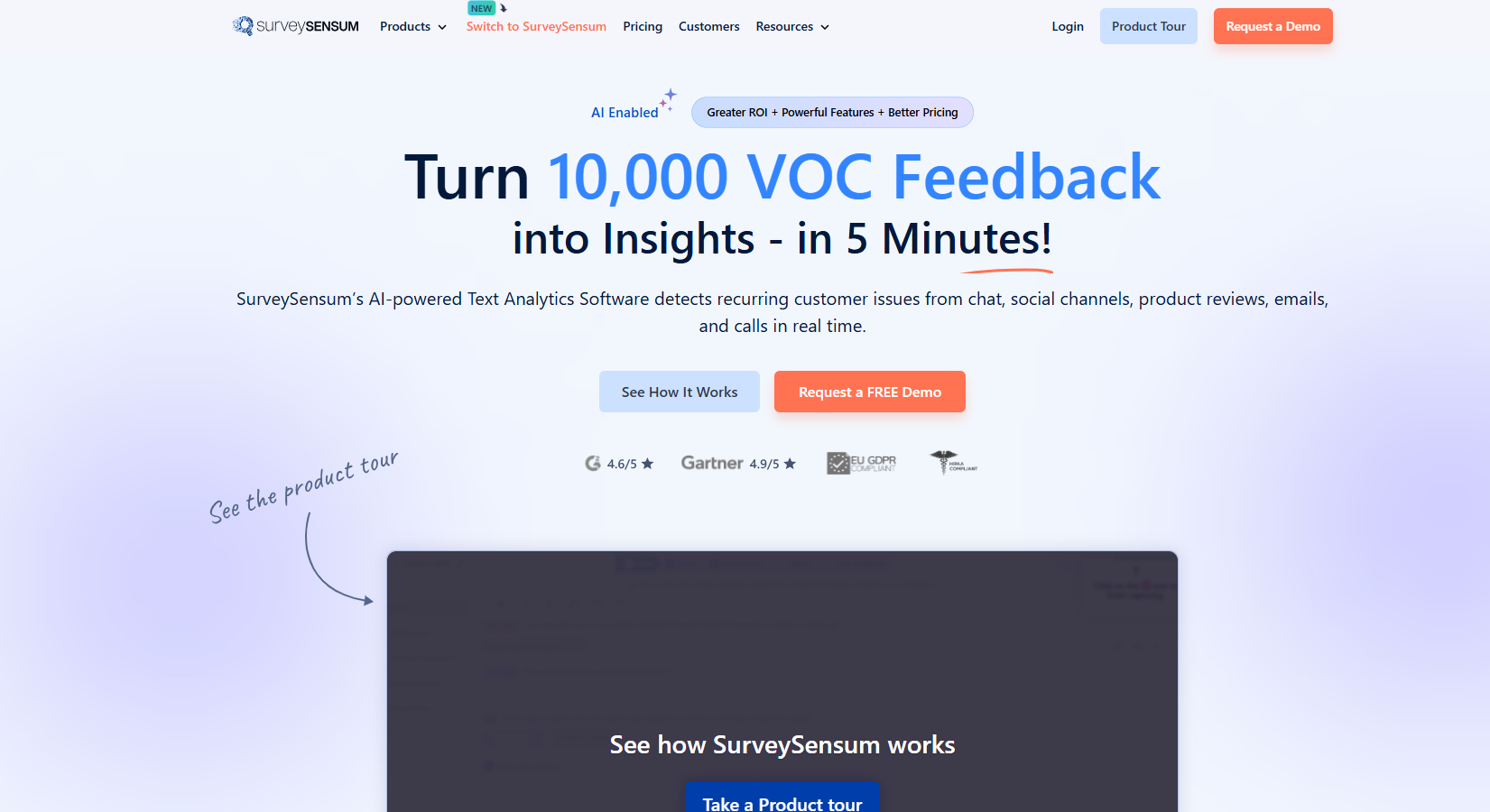
Before analyzing your online reviews, it is crucial to choose the right AI-powered tool. Your ideal tool should be user-friendly with minimal setup, capable of real-time analytics across multiple feedback channels, able to automatically categorize and theme feedback, and easily integrated with your current stack.
SurveySensum checks all the boxes. It allows brands to extract insights from thousands of reviews in minutes. With built-in AI models tailored for customer feedback analysis, SurveySensum provides sentiment tagging, theme and sub-theme detection, custom dashboards, and actionable reports for teams across CX, product, and marketing.
“An eCommerce company used SurveySensum to process 15,000 product reviews and discovered that 60% of negative sentiment stemmed from delayed delivery updates — a theme they weren’t previously tracking.”
2. Categorize and Tag App Reviews
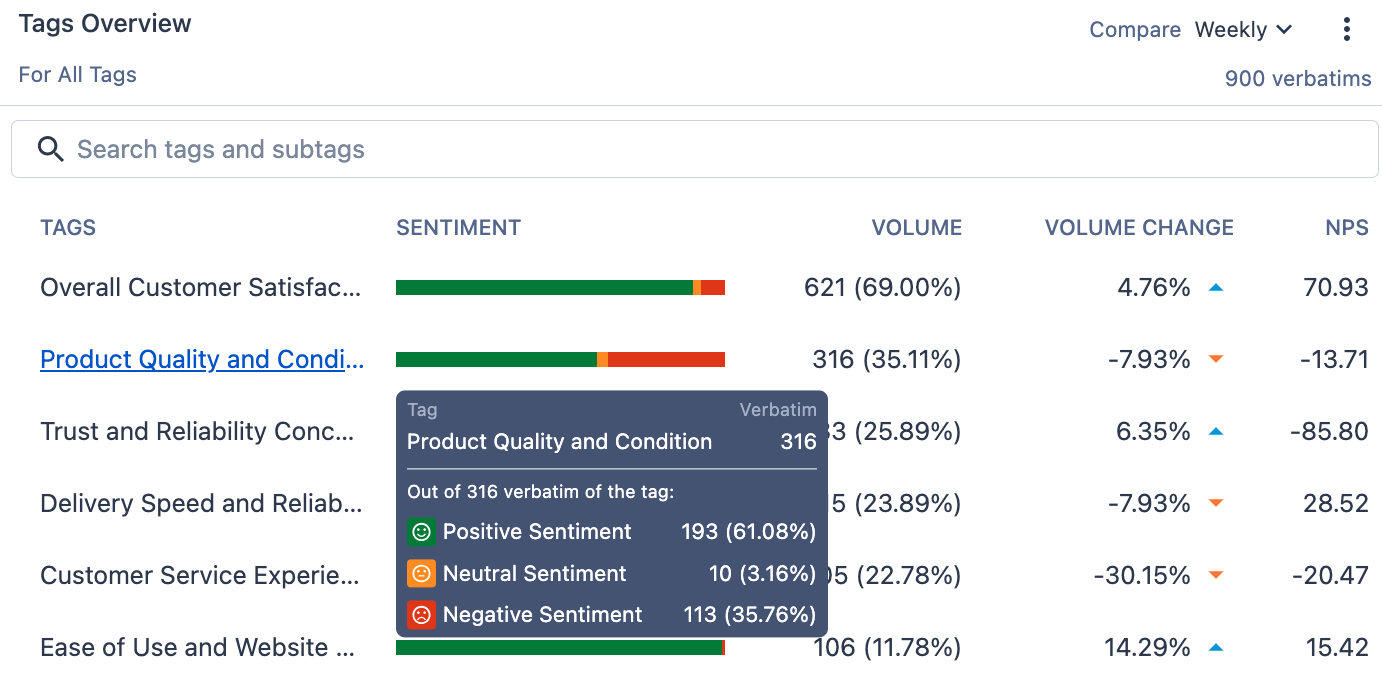
Businesses that analyze customer feedback effectively outperform competitors by 20–30% in growth and satisfaction. Effective review analytics starts with intelligent review categorization. AI-driven tools like SurveySensum automatically tag reviews based on themes (Bugs, Features, UX/UI, Performance), making trend detection quick and actionable. For this, you can:
- Group reviews by theme using NLP.
- Identify recurring pain points.
- Highlight potential feature requests for future sprints.
3. Perform Sentiment Analysis
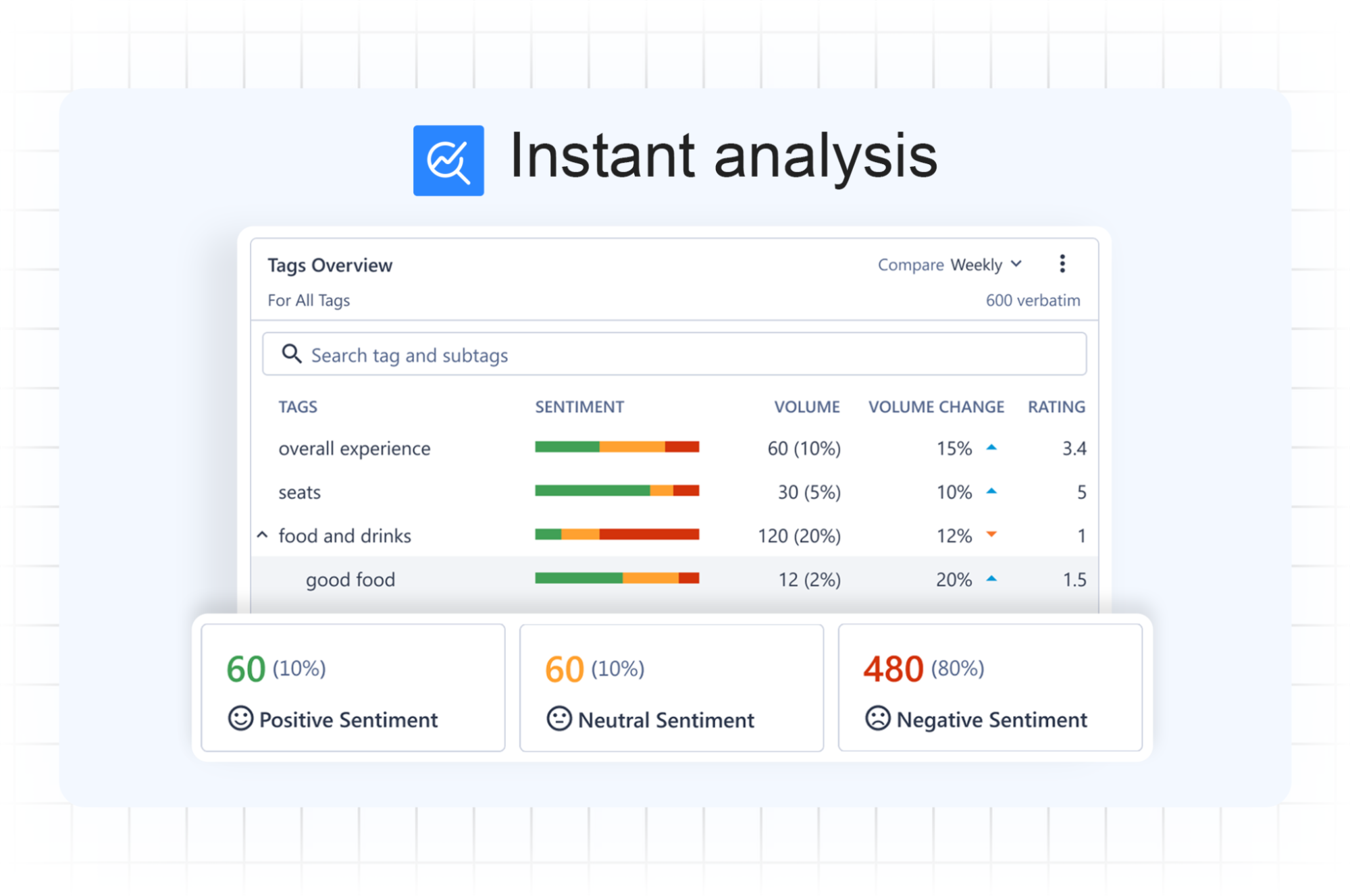
Sentiment analysis goes far beyond labeling reviews as “positive” or “negative” — it gives you a nuanced understanding of how customers feel about your app.
AI platforms like SurveySensum enable this by extracting sentiment polarity, identifying root causes, and aligning these findings with business priorities. Here’s how sentiment analysis empowers review analytics:
- Detect Polarity Quickly: Instantly categorize feedback as positive, negative, or neutral, making it easy to spot areas for celebration or concern.
- Understand Sentiment Drivers: Discover why sentiment skews in a certain direction. Are reviews trending negative due to slow load times, frequent crashes, or missing features? Are positives clustered around helpful customer support or sleek UX?
- Track Trends by Version or Timeframe: Compare sentiment across app versions or milestones (like after a major release) to measure the impact of improvements and spot regressions.
4. Monitor Metrics That Matter
Analyzing reviews is about more than just checking star ratings. To truly understand how your app is performing, you must focus on metrics that matter, the ones that reveal actionable trends and help guide product decisions:
- Star Ratings by Version: Break down ratings by version to pinpoint precisely when and where user satisfaction started to shift. Did a recent release cause a drop in ratings? Identifying this quickly allows for targeted bug fixes and rapid recovery.
“An e-commerce app noticed its rating dropped from 4.5 stars to 3.9 stars after releasing version 2.3. Upon review, a new payment bug was found that caused frustration at checkout. The bug was quickly patched, and within two weeks, the average rating rebounded to 4.3 stars.”
- Sentiment Trends Over Time: Are reviews becoming more positive after an app overhaul? Or are certain pain points bubbling up with new feature releases? Monitoring sentiment across milestones ensures your product roadmap is always aligned with user needs.
- Review Volume and Keyword Frequency: Review quantity and common keywords can highlight trending issues (e.g., “crashes,” “battery drain,” “login error”) and emerging feature requests. These insights enable quick prioritization and resource allocation.
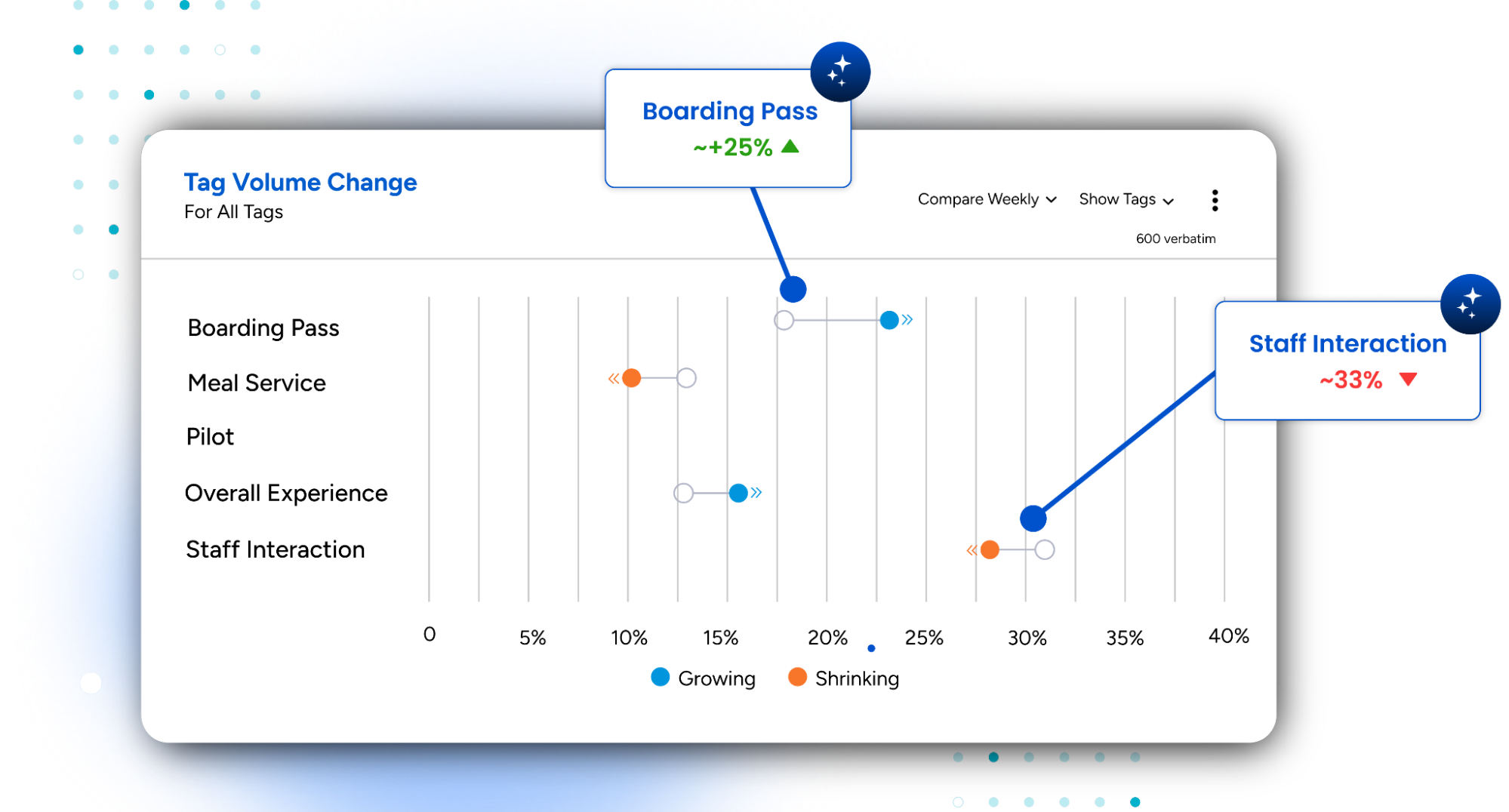
5. Turn Reviews Into Product Enhancements
Review analytics is only truly valuable when it fuels concrete product improvements. For example, an app noticed that roughly 40% of its reviews requested Slack integration. After implementing this feature, its average rating rose from 3.8 to 4.3 stars within three months— a clear example of review-driven innovation leading to higher user satisfaction.
With SurveySensum, you can move from generic review monitoring to precise, actionable product improvements. Its key driver analysis doesn’t just highlight recurring themes; it quantifies their impact, allowing you to prioritize changes that matter most.
By extracting actionable review data, you can:
- Prioritize High-Impact Bugs: Quickly fix issues affecting the largest segment of your user base, minimizing churn and negative sentiment.
- Surface Frequently Requested Features: Identify recurring requests (e.g., Slack or MS Teams integrations) and justify their inclusion in your roadmap.
- Optimize UX/UI: Ground design improvements in real user feedback, ensuring changes directly target pain points.
What separates successful apps from the rest? The ability to listen, adapt, and evolve. SurveySensum’s key driver analysis goes beyond surface feedback, allowing you to prioritize changes that truly move the needle.
6. Measure the Impact of Changes
Review analytics doesn’t end when a fix or feature goes live, it’s equally vital to track its actual impact post-release. This allows you to measure whether your changes truly resolved user pain points and improved overall satisfaction.
With SurveySensum, you can easily track these metrics in a single analytical dashboard, making it seamless to understand how your improvements have influenced user sentiment and behavior.
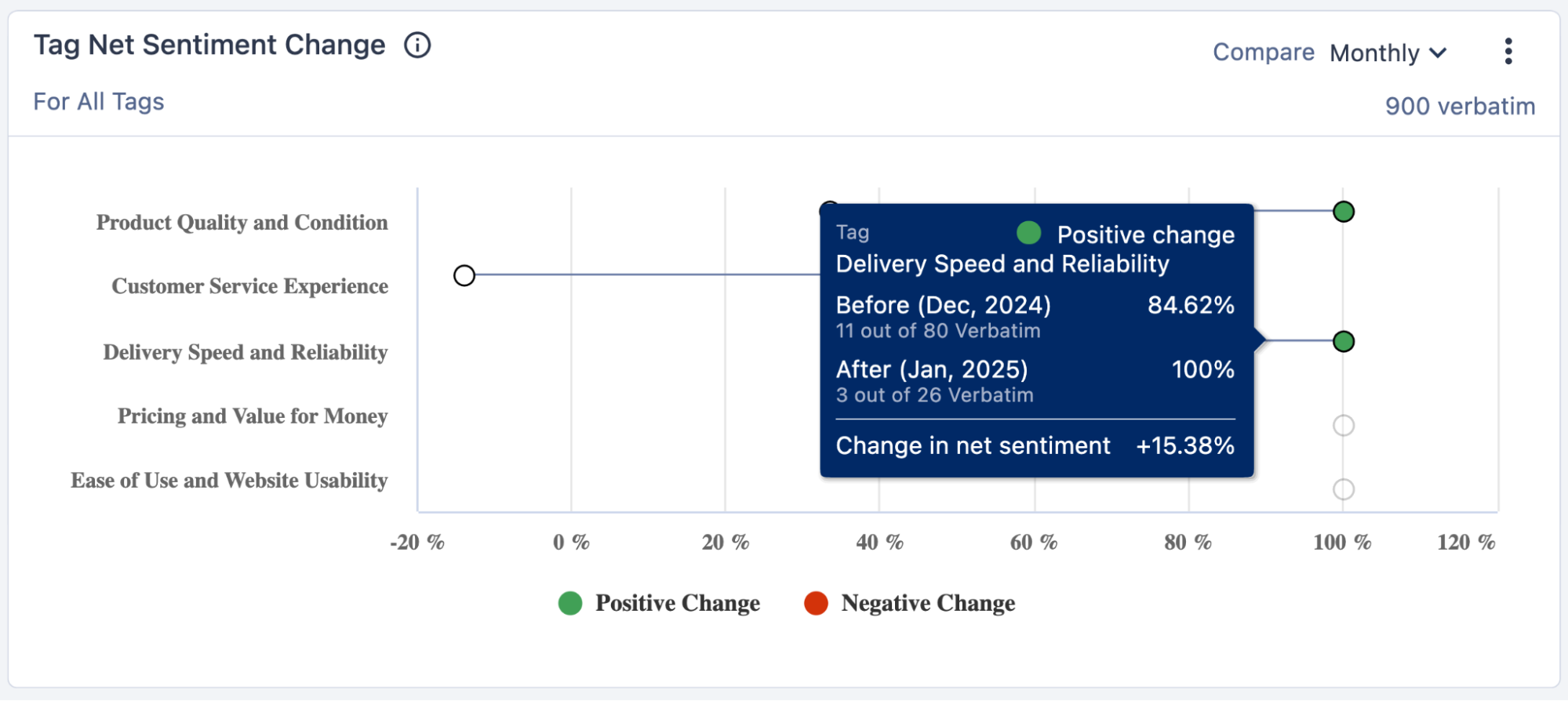
Here’s what to measure:
- Sentiment Shifts: Monitor review sentiment before and after an update. A drop in negative mentions can validate a successful fix.
- Review Volume for Specific Keywords: Identify decreases in mentions of pain points (e.g., “crashes” or “battery drain”) post-deployment.
- Average Star Rating Trends: Evaluate shifts in star ratings across app versions and compare results with sentiment data.
With SurveySensum’s Analytical Dashboard, you can track these key metrics in real time, making it easy to measure the actual impact of your changes and optimize future updates based on actionable review insights.
SurveySensum can do the heavy lifting for you. Its AI-powered review analysis saves hours of effort, making it easy to spot trends, prioritize improvements, and understand what really matters to your customers.
Now that we have talked about how to analyze Google Play Store reviews, let’s talk about the best practices you should follow while monitoring and analyzing these reviews.
Best Practices for Review Monitoring and Responses
To make review monitoring truly effective, it’s important to have a structured approach that ensures every piece of feedback is noticed, addressed, and used to guide product decisions. Here are four best practices every app team should adopt:
- Automating Review Alerts: Staying on top of every review can be challenging, especially when dealing with hundreds or thousands of daily comments. Automated alerts make it easy to spot and respond to issues quickly.
With SurveySensum’s Detractor Alert System, you can instantly get notified when a user leaves a low‑rating or critical review. This allows you to respond promptly, investigate the root cause, and fix the problem before it affects more users.
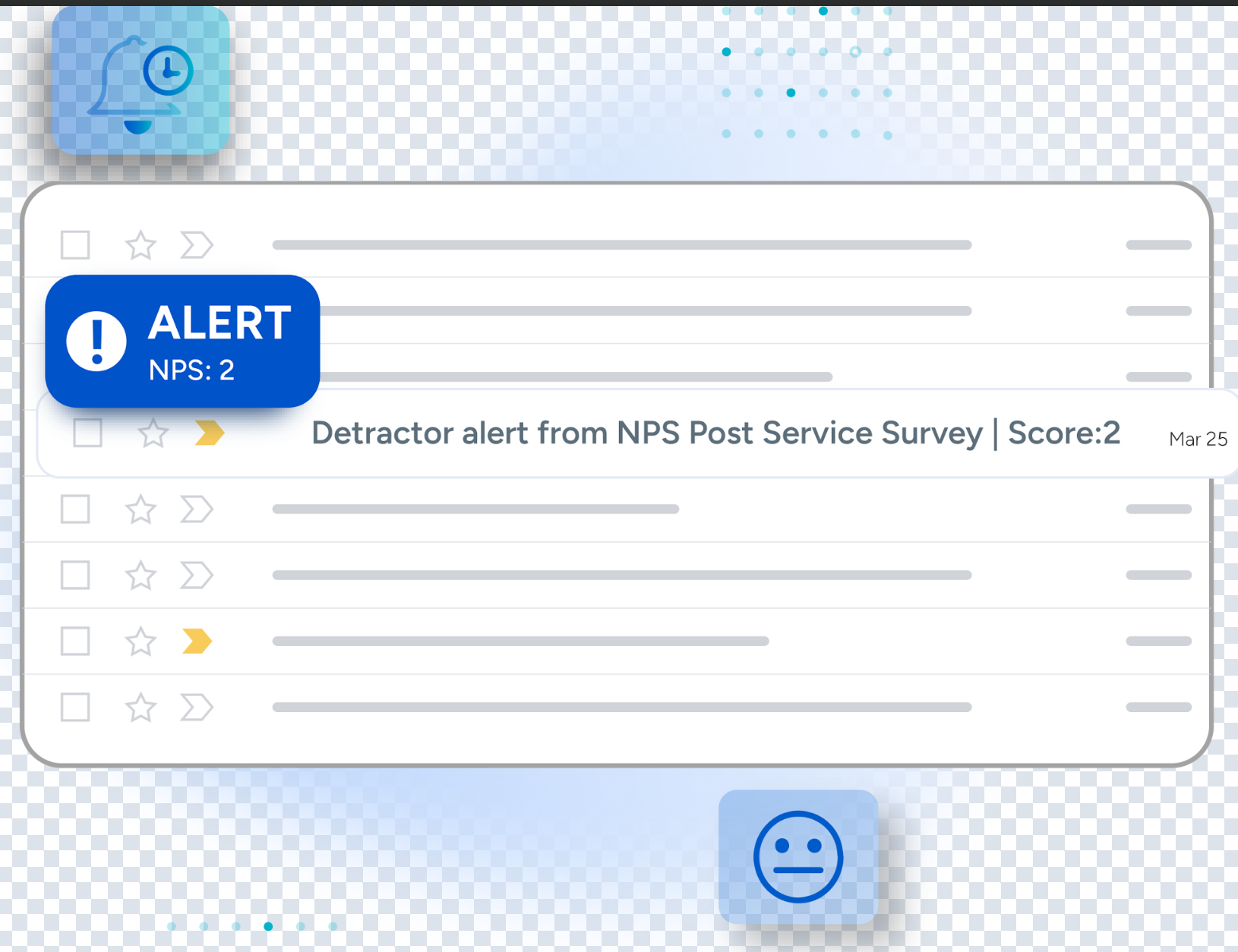
- Closing the Loop With Users Post-Fix: Responding to reviews is only the first step, following up when the issue is resolved is what truly builds trust. With SurveySensum’s Real‑Time Ticketing System, you can track user-reported issues from review to resolution, notify customers when the fix is implemented, and close the feedback loop seamlessly. This approach strengthens relationships and improves user satisfaction.
- Personalizing Responses: Generic replies can make customers feel unheard. To stand out, personalize your responses. Use the user’s name, acknowledge their specific issue, and provide a tailored solution. This small step shows that you value their feedback and treat them as more than just a review.
Final Thoughts
Google Play Store app review analysis is a roadmap for growth. By extracting actionable insights from the Google Play Store, teams can understand user needs, fix critical pain points, and build features that truly matter. When combined with tools like SurveySensum, review analysis becomes a seamless, data-driven process that transforms reviews into a catalyst for higher ratings, stronger loyalty, and long-term success.
If you’re tired of relying on guesswork, SurveySensum can instantly surface sentiment trends and give you actionable recommendations, making review analytics truly actionable. Try it today!
Frequently Asked Questions on Google Play Store Review Analysis
Google Play Store Review Analysis is the process of extracting structured insights from user reviews. It allows teams to understand user sentiment, spot trending issues, and prioritize improvements for better user satisfaction and higher app ratings.
Google Play Feedback Analysis provides a direct view into customer experience. By analyzing this feedback, you can quickly detect recurring pain points, spot opportunities for new features, and make data‑driven decisions that foster trust and loyalty.
Android App Review Insights can be gained by extracting and categorizing user reviews based on sentiment, common themes, and keywords. Tools like SurveySensum enable you to track these metrics automatically and transform reviews into actionable recommendations.
Play Store Sentiment Analysis uses AI and NLP techniques to assess the emotional tone of reviews — be it positive, neutral, or negative. This allows app teams to understand user perceptions at scale and measure how changes in the app affect user sentiment over time
Google Play Store review analysis guides improvements by prioritizing user-reported issues, surfacing popular feature requests, and highlighting overall sentiment trends. Done effectively, it can reduce churn, raise ratings, and build a roadmap for sustainable app growth.






